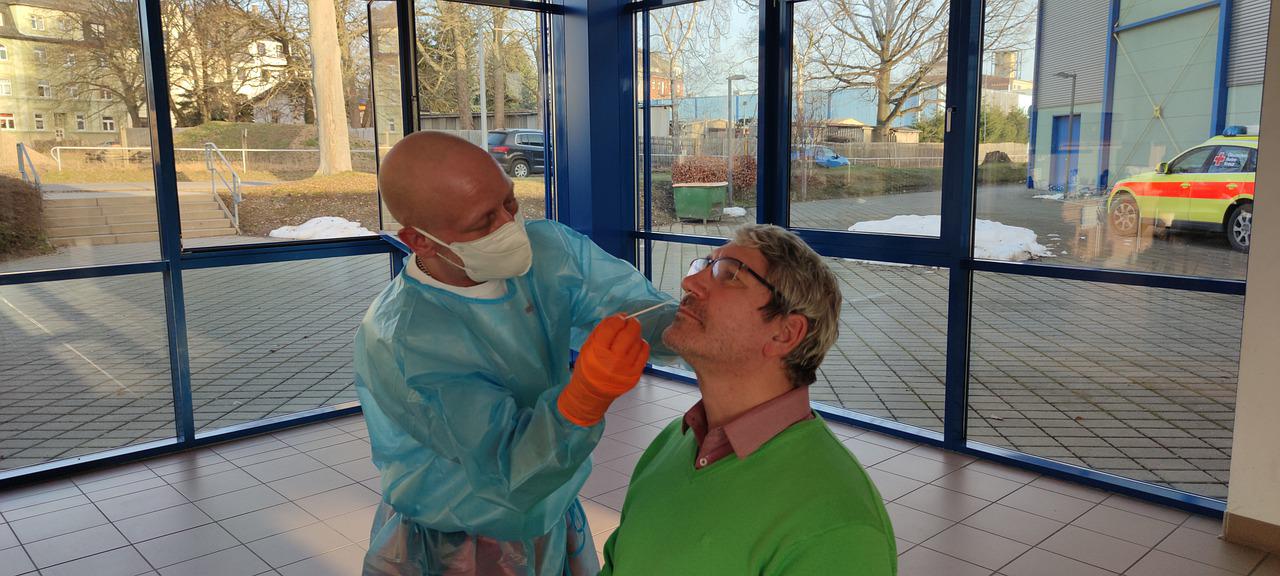Since May 2022, monkeypox infection and community transmission have been reported in several non-endemic countries around the world. The monkeypox virus was initially found to be circulating in Europe and North America, and it has now spread to Asia:
Singapore’s Ministry of Health said on June 21 that the first confirmed case of monkeypox infection was found in Singapore. The patient is a 42-year-old British man who is a flight attendant.
On June 22, the Korean Agency for Disease Control reported that the Korean epidemic prevention department confirmed the first case of monkeypox infection on the same day, a Korean who entered South Korea from Germany was diagnosed with monkeypox virus.
The transmission and diagnosis of the monkeypox virus are different from that of the SARS-COV-2 that started in early 2020. So what are the symptoms of monkeypox virus infection, how is it transmitted, and how should it be diagnosed?

The virus can be spread by droplets!
According to the information from WHO Q&A on monkeypox virus, the virus enters the human body through mucous membranes and broken skin. Humans are mainly infected by contact with infected animal lesion exudates, blood, and other body fluids, or by being bitten or scratched by infected animals.
Human-to-human transmission is mainly through close contact, and it can also be transmitted through droplets. Contact with virus-contaminated items can also cause monkeypox virus infection, and it can also be transmitted vertically through the placenta. Sexual transmission cannot be ruled out.
Most patients present with swollen lymph nodes in the neck, armpits, and groin.
The incubation period of monkeypox is 5-21 days, mostly 6-13 days. In the early stage of the disease, chills, and fever occur. The body temperature after infection is mostly above 38.5 °C, which may be accompanied by symptoms such as headache, drowsiness, fatigue, back pain, and myalgia. Most patients present with swollen lymph nodes in the neck, armpits, and groin.
Skin rash appears 1-3 days after onset. Generally, the rash first appeared on the face and gradually spread to the extremities and other parts. The rashes on the face and extremities were more common than on the trunk. The rashes could appear on the palms and soles of the feet, and the number of rashes ranged from several to thousands. etc.; can also involve the oral mucosa, digestive tract, genitalia, conjunctiva, and cornea.
The rash changes from macules, papules, herpes, pustules to scabs. Herpes and pustules are mostly spherical, about 0.5-1 cm in diameter, hard in texture, and may be accompanied by obvious itching and pain.
It takes about 2-4 weeks from the onset to the scab shedding. Erythema or hyperpigmentation, or even scarring, may remain after the scab falls off, and the scarring may last for several years. Complications may occur in some patients, including secondary bacterial infection in the skin lesions, bronchopneumonia, encephalitis, corneal infection, and sepsis.
Severe cases are common in young children and immunocompromised people
Although, general populations are susceptible to the monkeypox virus. However, there is a certain degree of cross-protection against the monkeypox virus in those who have been vaccinated against smallpox in the past. And monkeypox is a self-limiting disease with a good prognosis in most cases.
Severe cases are common in young children and immunocompromised people, and the prognosis is related to the viral branch of infection, degree of virus exposure, previous health status, and severity of complications. The case fatality rate in the West African branch is about 3%, and the case fatality rate in the Congo Basin branch is about 10%.
Monkeypox virus can be detected in nasopharyngeal secretions and other specimens
Laboratory testing methods for the monkeypox virus include the general examination and etiological testing.
General examination
The level of white blood cells is normal or elevated, and the level of platelets is normal or decreased. Some patients may have elevated transaminase levels, lower blood urea nitrogen levels, and hypoproteinemia.
Etiological examination, and monkeypox antigen rapid test
1. Nucleic acid detection
The nucleic acid of monkeypox virus can be detected in specimens such as rash, blister fluid, crust, oropharyngeal or nasopharyngeal secretions by polymerase chain reaction (PCR) method.
2. Virus culture
Monkeypox virus can be isolated by collecting the above specimens for virus culture. Virus culture should be carried out in a biosafety laboratory of level 3 or above.
3. Monkeypox virus antigen rapid test
Similar to the nucleic acid detection method, monkeypox virus antigen can be detected in the above-mentioned specimens. Although with a slightly lower accuracy compared to nucleic acid detection, monkeypox antigen rapid test kits can play an important role in the diagnosis of the virus, especially when having limited access to PCR or level 3 laboratory. The monkeypox rapid test kits are easy to operate and most people are familiar with the operating procedure since it is the same procedure as the SARS-COV-2 antigen rapid test kits which have been widely used in the community in the past two years.

